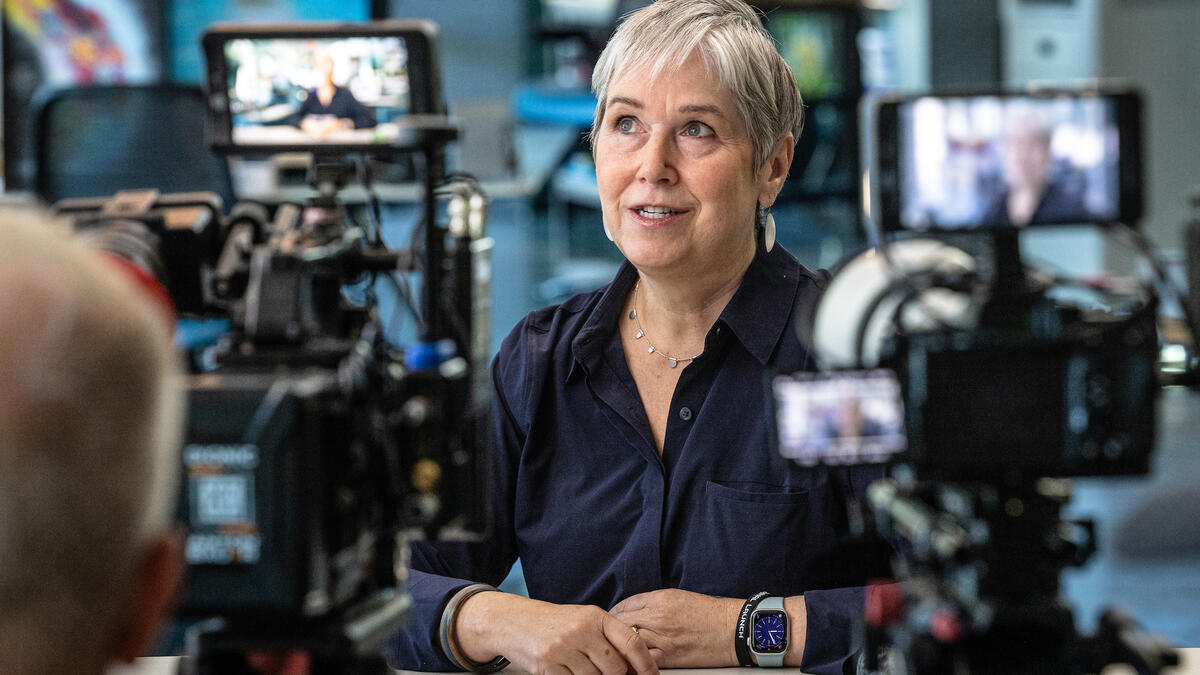UPDATE, Oct. 11: NASA and SpaceX are standing down from the Oct. 12 launch of the agency’s Psyche mission due to unfavorable weather conditions. NASA and SpaceX are now targeting launch at 10:19 a.m. EDT Friday, Oct. 13, from Launch Complex 39A at Kennedy Space Center in Florida.
Editor's note: On Sept. 28, NASA announced that the Psyche launch is now targeted for Oct. 12.
Sometimes you have to travel far into the skies to understand what’s deep beneath your feet.
That’s one of the reasons Arizona State University is leading NASA’s Psyche mission — set to launch Oct. 5 — a nearly six-year journey to an asteroid of the same name. That metal-rich asteroid might just be the core of a planetesimal, a building block of an early planet.
Deep within rocky, terrestrial planets — including Earth — scientists infer the presence of metallic cores. But these are far below the planets' rocky mantles and crusts. Psyche will offer a unique window into the process that created terrestrial planets, something we’ll never be able to do here on Earth.
Psyche is the first ASU-led deep-space NASA mission, and it’s scheduled to launch from Kennedy Space Center the morning of Oct. 5 aboard a SpaceX Falcon Heavy rocket. Launch is set for 10:38 a.m. Eastern/7:38 a.m. Arizona time; a NASA livestreamed pre-show will begin about an hour before launch. (Sign up here to watch the launch online.)
MORE: Psyche news
Lindy Elkins-Tanton, principal investigator of the Psyche mission and a Regents Professor in ASU’s School of Earth and Space Exploration, took some time out of the busy lead-up to launch to talk about the mission and what they hope to discover about the asteroid orbiting the sun between Mars and Jupiter.
“We’re trying to learn about the origin of our rocky worlds like the Earth. How do you build a habitable planet that people can live on?” she said. “And one big ingredient is the metal core that’s in the middle of our planet. And it turns out, we are never, ever going to get to our core or the core of any other planet … but there’s this one body out there, Psyche. … It’s the only way humans are ever going to see that ingredient of planet building.
“We like to joke that we’re going to outer space to see inner space.”
Watch the rest of the interview in our video.
Top photo: Lindy Elkins-Tanton, principal investigator of the Psyche mission and ASU Regents Professor, is photographed during a video interview on the Tempe campus. Photo by Charlie Leight/ASU News
More Science and technology

4 ASU researchers named senior members of the National Academy of Inventors
The National Academy of Inventors recently named four Arizona State University researchers as senior members to the prestigious organization.Professor Qiang Chen and associate professors Matthew…

Transforming Arizona’s highways for a smoother drive
Imagine you’re driving down a smooth stretch of road. Your tires have firm traction. There are no potholes you need to swerve to avoid. Your suspension feels responsive. You’re relaxed and focused on…

The Sun Devil who revolutionized kitty litter
If you have a cat, there’s a good chance you’re benefiting from the work of an Arizona State University alumna. In honor of Women's History Month, we're sharing her story.A pioneering chemist…


